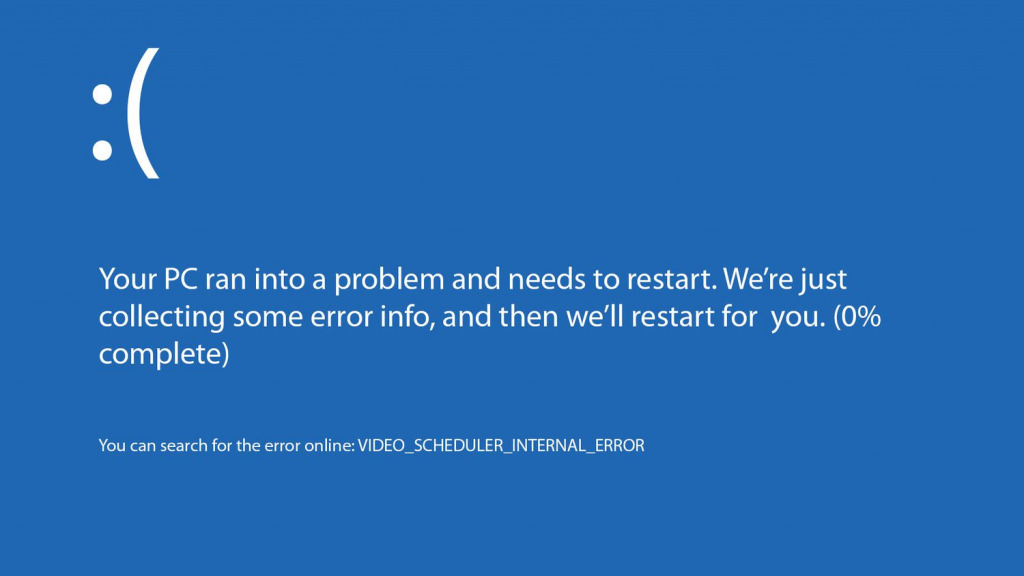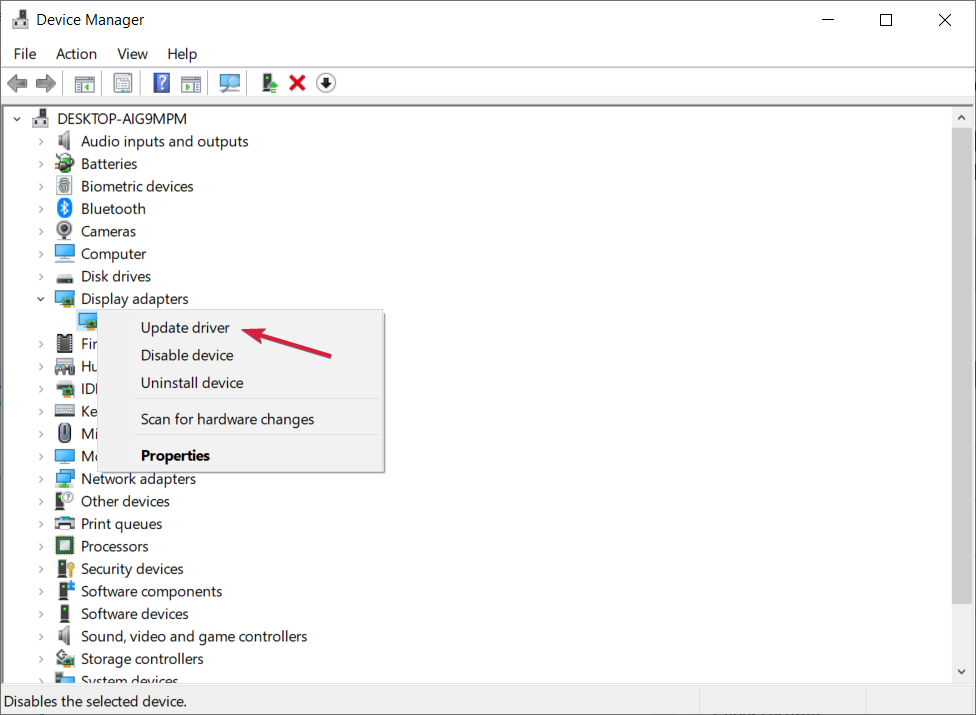Fix Windows 11 BSoD When Gaming
The Blue Screen of Death (BSoD) on Windows 11 is a critical error that forces the operating system to restart. There’s nothing more annoying when it disrupts a gaming session, but the stop code gives insight into what the problem might be. Here’s everything you need to know about the Windows 11 BSoD when gaming and how to fix it.
Why does the Windows 11 BSoD happen when gaming?
A BSoD when gaming can be a one-off or a reoccurring problem. It’s essential to diagnose and fix because repeated crashes may be a sign of something more serious going wrong with your computer.
The two leading causes are hardware-based or corruption within the Windows 11 system files. These can overlap, but the most common BSoD when gaming relates to the graphics card, which is the key hardware component for gaming and other graphics-related computer tasks.
Graphics Card Failure – In some cases, the graphics card itself may malfunction, especially if it is an older model. If you’ve had it a long time, it may need replacing or updating with the latest drivers.
On the other hand, if you recently installed a new graphics card, a BSoD may be a sign that it was incorrectly installed or is incompatible with the rest of your setup.
Memory Problems – Every Windows process requires memory to function, and gaming is one of the most RAM intensive tasks. Problems with physical RAM modules, memory leaks, or other system-related memory processes can lead to the BSoD.
Other Hardware Problems – Gaming requires a stable hard drive or SSD. Bad sectors or old drives that are beginning to fail can prevent the adequate reading and writing of data. In turn, this can also lead to corrupted system files.
Overheating – Gaming is intensive for PCs and can cause the GPU itself and other hardware components to run at high temperatures. If your computer doesn’t have adequate cooling, isn’t well ventilated, or is clogged with dust, this can cause overheating and a BSoD.
Bad Overclocking – It’s common to overclock your graphics card and other components to get the most out of your gaming experience. However, using a bad overclocking profile or simply pushing the hardware beyond its limits is a quick way to cause system failure.
Driver Conflicts – Drivers are the software that allows the Windows 11 system to communicate with its hardware. Incompatible, outdated, or corrupted drivers can cause a BSoD when gaming.
System Corruption – From malware to power surges to interrupted Windows updates, there are endless reasons why Windows system files get corrupted.
Broken Registry – The Windows Registry is the PC’s internal library that stores system settings, software configurations, and other data required to function. If the registry is corrupted, it can prevent games and other Windows tasks from running properly.
Missing DLLs are one of the most common errors when gaming, and this can sometimes cause a BSoD mid-game. However, the issue usually occurs on launch.
How do I fix a Windows 11 BSoD when gaming?
The stop code at the bottom of the blue screen is the first step for diagnosing why the BSoD is happening. For example:
VIDEO_SCHEDULER_INTERNAL_ERROR – This error refers to a problem with your graphics card or display adapter driver.

VIDEO_DXGKRNL_FATAL_ERROR – This is a graphics card driver error commonly linked to NVIDIA cards.
MEMORY_MANAGEMENT – This means Windows cannot access RAM, which might be a physical problem with a RAM module or the operating system itself.
These are just a few of the many stop code errors that can be displayed while gaming. The good news is that if the BSoD is only happening when running a game, you should still be able to boot to the desktop to fix the problem. However, before moving forward, it’s key to discover if the issue is solely caused by hardware or the system. Consider these steps:
1. Hardware Check:
With your computer powered off, check all your hardware components are seated correctly and there isn’t any buildup of dust or other ventilation problems.
2. Update Drivers:
Use the software that came with your graphics card to check for driver updates. Alternatively, open the Device Manager and right-click each component to update drivers manually. In this case, you may need to go to the official site of the hardware brand to find the latest drivers.

3. Run Windows Update:
If you have paused Windows updates or a previous update failed to complete, refreshing the update process will ensure the system is stable and secure.
4. Reinstall the game:
If the BSoD is only happening when playing a specific game, reinstalling should replace any missing or corrupted game files.
5. Use default clock speeds:
Try running the game without overclocking.
6. Use a Restore Point:
If the error is recent and you cannot pinpoint the problem, rollback to a previous point in time using Windows System Restore.
Use a Windows repair tool
A Windows Repair tool like Fortect replaces corrupted or missing system files with clean copies from its repository. This brings your system back to its original state, solving the BSoD if it’s caused by Windows corruption, missing DLLs, or a broken registry. You won’t lose data or system settings like with other restoration utilities. You do not need Windows boot media because Fortect maintains an up-to-date database of all Windows components.
- Download and Install Fortect on your Windows computer.
- Upon launch perform system scan to detect all Windows problems.
- Click Start Repair to repair everything, including corrupted system files, broken registry entries, and junk files.
- Wait for it to finish and restart your PC when prompted.
Conclusion
Nothing is more frustrating than getting a Windows 11 BSoD when gaming, especially if you’re online or haven’t saved your game data. Fortunately, a few hardware checks and using a tool like Fortect can quickly solve the problem and get your game running smoothly again.



